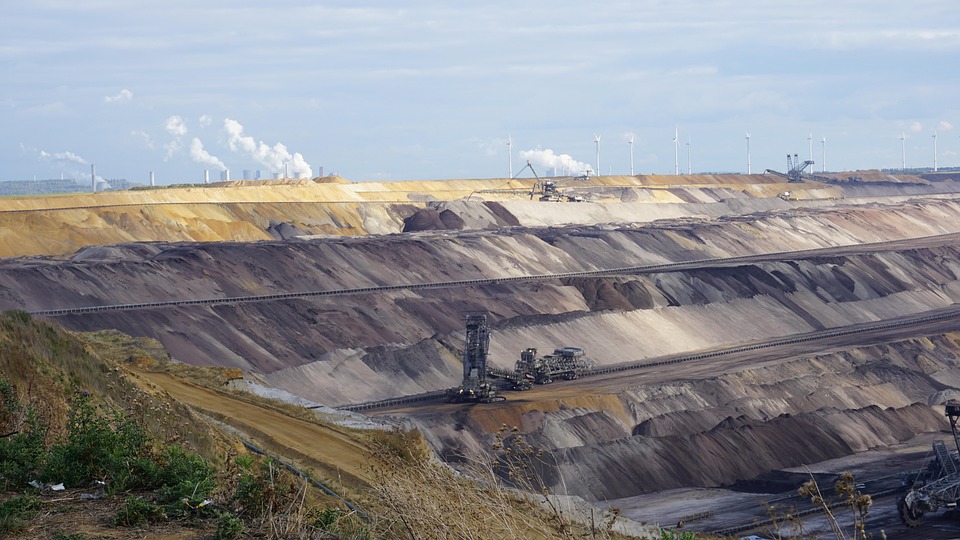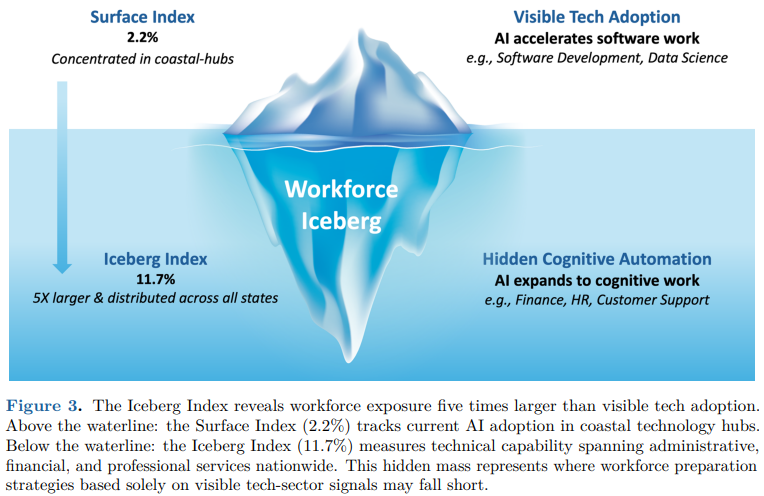Deep in the dark recesses of a chromite mine in Albania lies an unusual surprise – a 30-square-meter “jacuzzi” brimming with nearly pure H2, giving rise to thoughts of an actual hydrogen-filled hot tub in a most unexpected location.
Recent years have seen growing interest in natural or geologic hydrogen with its potential as a primary energy resource.
Although the flow is minuscule in comparison to the global hydrogen production by the petrochemical industry, in-situ observations and numerical simulations have pinpointed the existence of a deep reservoir in a clearly identified fault zone. The mining activities inadvertently intercepted this reservoir, causing hydrogen emissions at specific points in the deepest mine galleries.
This revelation sets the stage for alternative models of natural hydrogen exploration. It positions the Bulqizë chromium mine as a vital scientific instrument for delving into the hydrogen system, as it offers direct access to the subsurface, aiding the comprehension of the conditions for the formation and accumulation of this gas.
Researchers note that ophiolitic massifs, which are mantle rocks from the oceanic crust transformed onto continents, are demonstrating potential as hosts for high-quality hydrogen reservoirs. These vast geological formations on Earth have already been recognized for containing hyperalkaline sources where hydrogen emanates.
Yet, it is still early to predict if natural hydrogen will become a significant part of the global energy mix or merely remain a niche peculiarity. It’s essential to emphasize that geologic H2 is not renewable due to the extended production time, which far surpasses the extraction time. Moreover, these geological environments nurture a delicate deep biosphere reliant on H2 as an energy source.
“Therefore, we also deliver a message of caution to temper the passion, and even sometimes the ‘hydrogen fever’ that will undoubtedly be stimulated by our discovery,” the scientists write. “While geologic hydrogen exploration warrants great scientific efforts, we must also be mindful of its potential environmental impact.”










